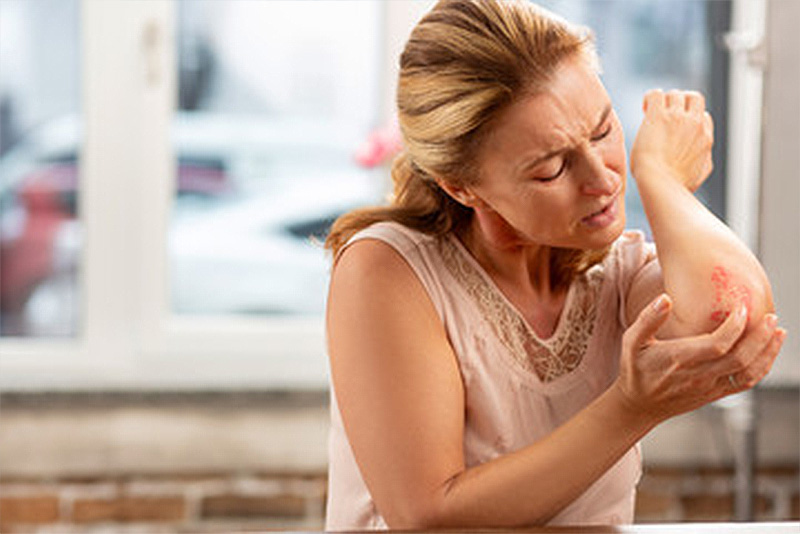Lyme disease is a bacterial illness and inflammatory disease that spreads through tick bites. Deer ticks house the spirochete bacterium (Borellia burgdorferi) in their stomachs. When one of these ticks bites the human skin, it may pass the bacteria into the body. These ticks tend to be attracted to creases in the body, so Lyme disease most often appears in armpits, the nape of the neck or the back of knees. It can cause abnormalities in the skin, heart, joints and nervous system.
Lyme disease was first identified in 1975 in Old Lyme, Connecticut. More than 150,000 cases have been reported to the Centers for Disease Control since 1982. Cases have been reported from every state, although it is more commonly seen in the Northeast, Upper Midwest and Pacific Coast. Lyme disease has also been reported in European and Asian countries.
There are three phases to the disease:
Early Localized Phase. During this initial phase, the skin around the bite develops an expanding ring of redness. The ring may have a bull’s eye appearance with a bright red outer ring surrounding clear skin in the center. Most people don’t remember being bitten by a tick. More than one in four patients never gets a rash. The skin redness may be accompanied by fatigue, chills, muscle and joint stiffness, swollen lymph nodes and/or headaches.
Early Disseminated Phase. Weeks to months after the rash disappears, the bacteria spread throughout the body, impacting the joints, heart and nervous system. Symptoms include migrating pain in the joints, neck ache, tingling or numbing of the extremities, enlarged lymph glands, sore throat, abnormal pulse, fever, changes in vision or fatigue.
Late Dissemination Phase. Late in the dissemination of the disease, patients may experience an inflammation of the heart, which can lead to heart failure. Nervous system issues develop, such as paralysis of facial muscles (Bell’s Palsy) and diseases of the peripheral nerves (peripheral neuropathy). It is also common for arthritis and inflammation of the joints to appear, which cause swelling, stiffness and pain.
Lyme disease is diagnosed through a combination of a visual examination and a blood test for Lyme bacteria antibodies. Most cases of Lyme disease are curable using antibiotics, but the longer the delay, the more difficult it is to treat. Your dermatologist may prescribe medications to help alleviate joint stiffening.
The best form of prevention is to avoid tick bites. Use insect repellent containing DEET. Wear long sleeves and pants when outdoors. Tuck the sleeves into gloves and pants into socks to keep your skin covered. After a hike, check the skin and look for any tick bites, especially on children. If you do find a tick, don’t panic. Use tweezers to disengage the tick from the skin. Grab the tick by the head or mouthparts as close as possible to where the bite has entered the skin. Pull firmly and steadily away from the skin until the tick disengages. Clean the bite wound with disinfectant and monitor the bite mark for other symptoms. You can place the tick in a jar or plastic bag and take it to your dermatologist for examination.


